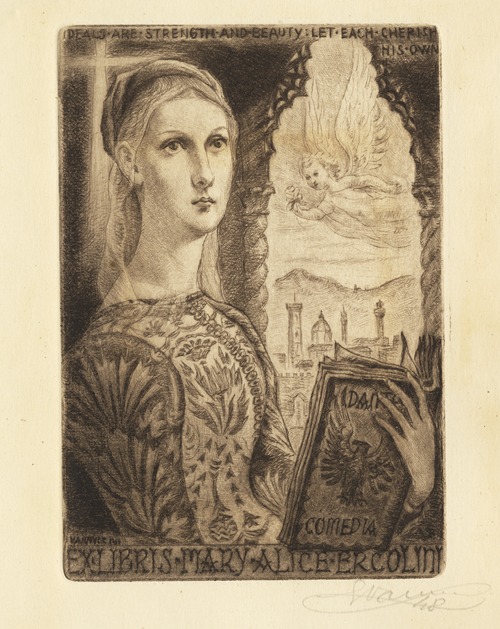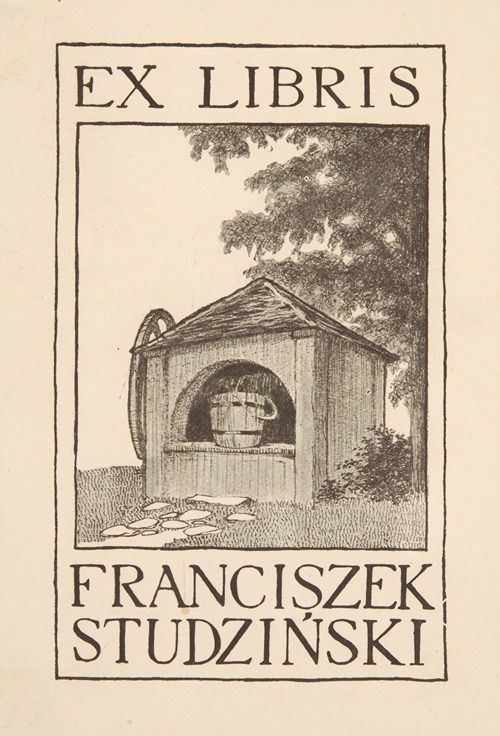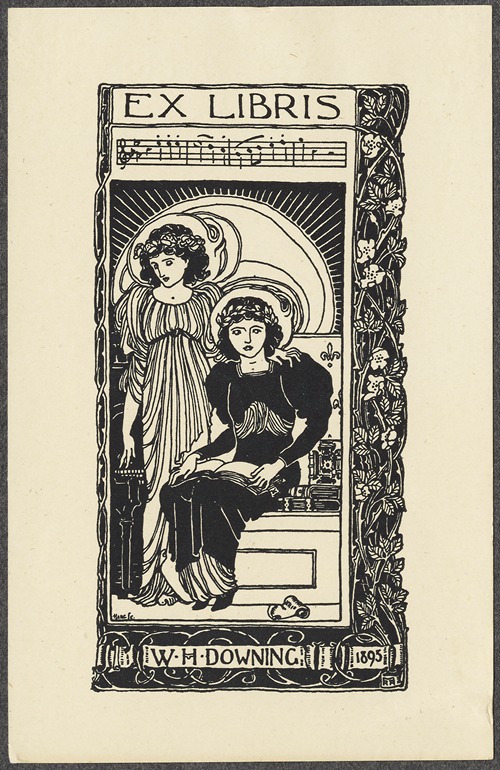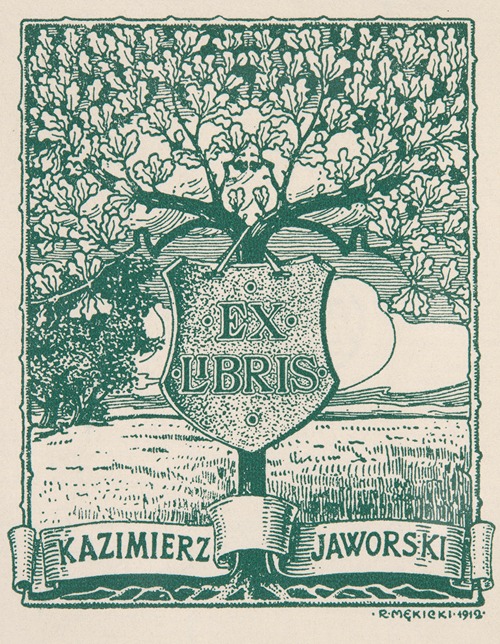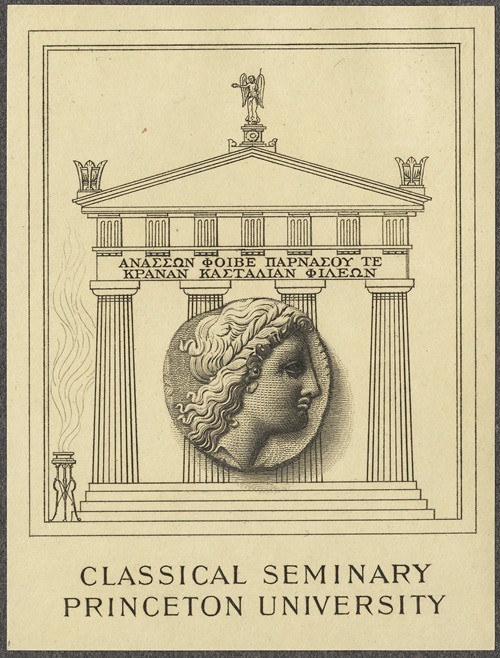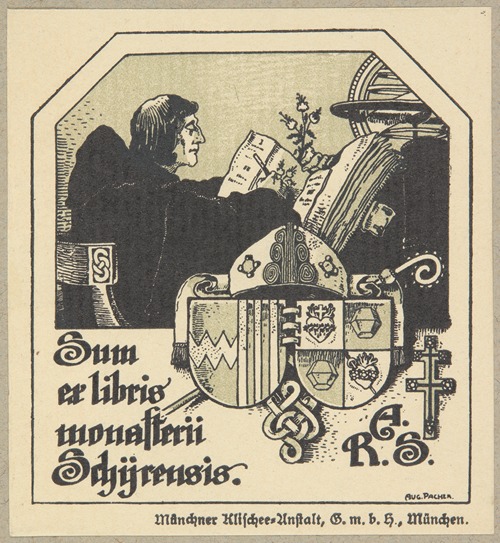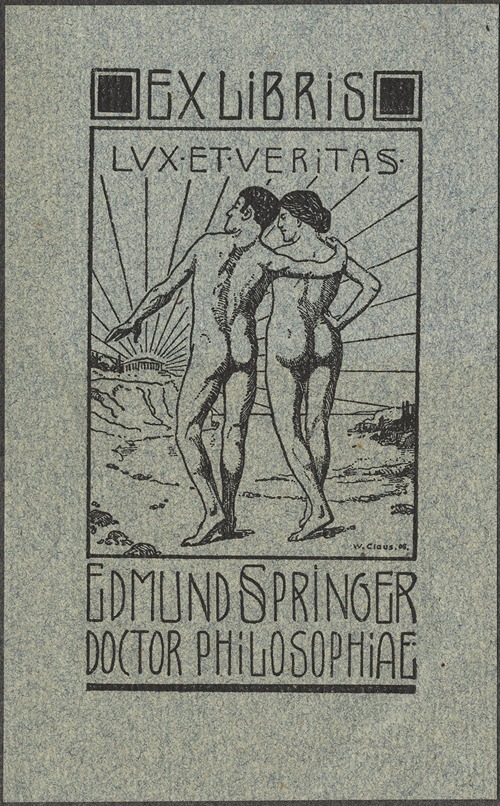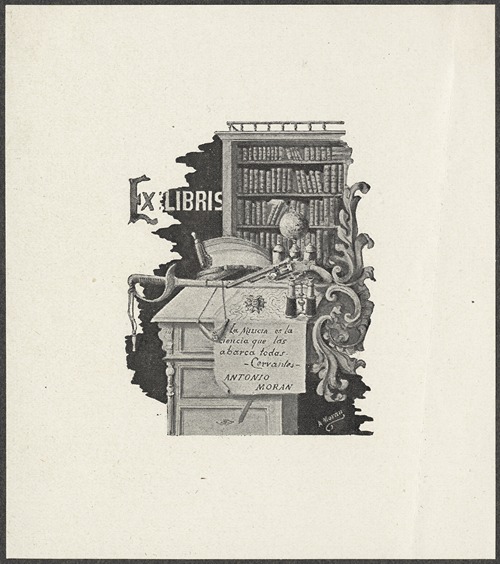

Rudolf Münger was a Swiss painter.
Rudolf Münger began training as a flat and decorative painter in Neuchâtel in 1879. He then spent a year in Laage-Vuursche near Utrecht, where he learned wood and marble imitation. From 1883 to 1888, he studied intermittently at the School of Applied Arts in Munich and from 1888 to 1889 at the Académie Julian and the École des Arts décoratifs in Paris. There he became friends with Robert Kiener.
He then returned to Bern, where he taught at the craft school until 1898 and then worked as a freelance artist. In 1904/5, he designed the first figure for the Bärenplatz fountain, a group of playing bears, which was realized in sandstone by the sculptor Ferdinand Huttenlocher. Münger headed the Swiss Heritage Society from 1908 to 1918, which awarded him honorary membership for his services. In 1924, he was awarded an honorary doctorate by the University of Bern.
Münger became known as the illustrator of the works of Jeremias Gotthelf and the Heidi novels by Johanna Spyri, the bindings for the novels of Rudolf von Tavel, and the collection of folk songs Im Röseligarte, published in six volumes by Otto von Greyerz between 1907 and 1925. He also created the wall frescoes in the Kornhauskeller in Bern and the mural on the Zeerleder House at Junkerngasse 51 in 1897, and designed the so-called Müngertracht, a further development of the black Bernese costume with colored silk inserts in the bodice and collar and less heavy silver jewelry. In 1910, Münger created a mural for a Bernese mortuary. He also designed the stained glass windows for the Reformed Church in Lotzwil.



